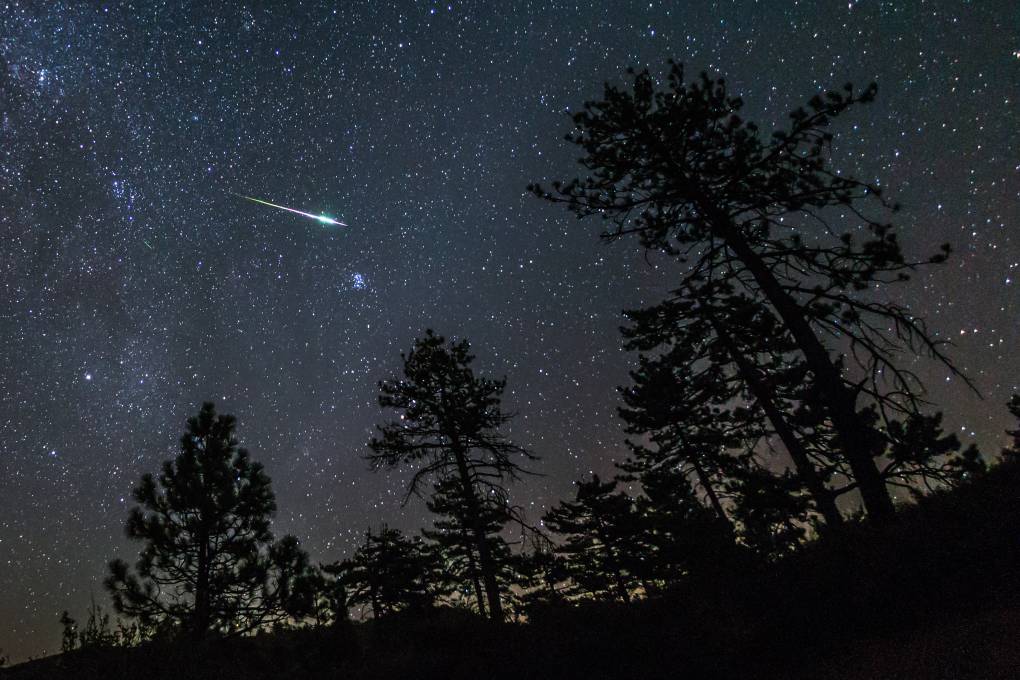When to see the Perseid meteor shower in the Bay Area
The best time to view the Perseids is during the peak nights, which in 2024 are:
- Sunday, Aug. 11
- Monday, Aug. 12
- Tuesday, Aug. 13
As for timing, meteors are most visible between midnight, after the moon sets, and dawn.
Where to see the Perseids in the Bay Area
For meteor spotting, you want to choose a dark location away from city lights.
Here are a few popular dark locations for watching meteor showers in the Bay Area:
- Henry Coe State Park, South Bay
- Tilden Park, East Bay
- Sunol Regional Wilderness, East Bay
- Mount Diablo, East Bay
- Skyline Boulevard, Peninsula
- Montara Beach, Peninsula
- Pescadero, Peninsula
- Point Reyes National Seashore, North Bay
- Bodega Bay, North Bay
In the North Bay, you can find miles of darkened rural skies from the coast eastward. But note that fog in coastal areas might disrupt your views of the dark night sky.
State parks, national forests, and rural areas are also ideal for night sky watching. And if you’re looking to go beyond the Bay Area, popular spots in California include Pinnacles National Park, Joshua Tree National Park, Death Valley National Park, and the Sierra Nevada mountains. Read our tips for finding a last-minute camping reservation near the Bay Area.
Where to look in the sky to see the Perseid meteor shower
If you’re heading out to see the meteor shower, be prepared to be outdoors for at least a few hours. Bring a reclining chair or a blanket to lie on for comfort. Dress warmly as temperatures can drop at night, even in summer. Make sure to check the weather forecast — clear skies are essential for optimal viewing.
Once you’re situated, allow your eyes to adjust to the darkness for about 20–30 minutes and avoid looking at your phone or any other bright lights, as this can reduce night vision.
Look towards the northeast horizon, where the constellation Perseus will be rising, and enjoy the show.
What is a meteor shower?
A meteor shower occurs when Earth passes through a stream of debris left behind by a comet or, in some cases, an asteroid. As Earth moves through the debris, these particles enter our atmosphere at high speeds and burn up, creating striking streaks of light.
The Perseids are named after the constellation Perseus, the point from which the meteors appear to radiate, and are fragments of the comet Swift-Tuttle. This comet last passed near Earth in 1992 and won’t return until 2126.
